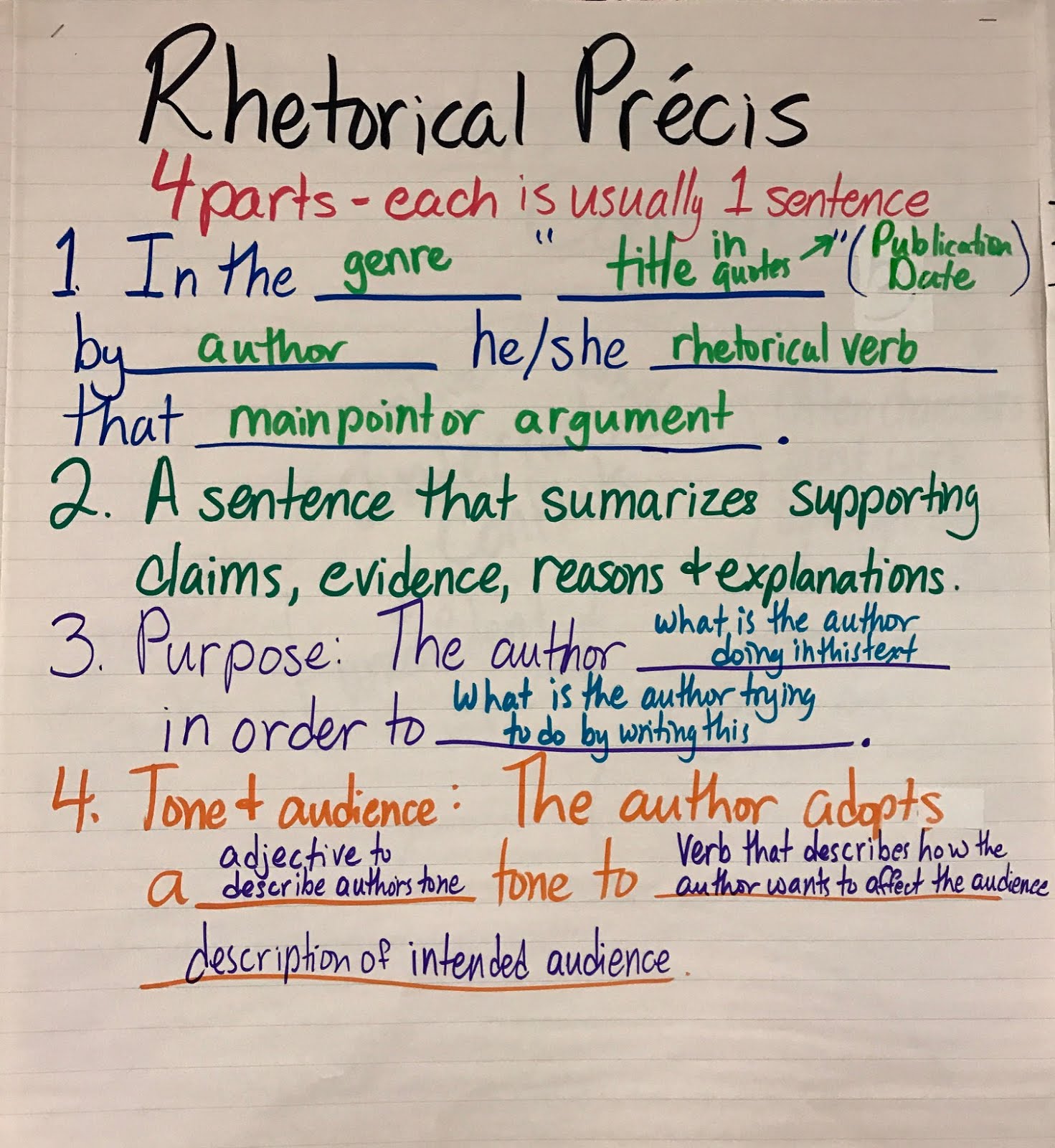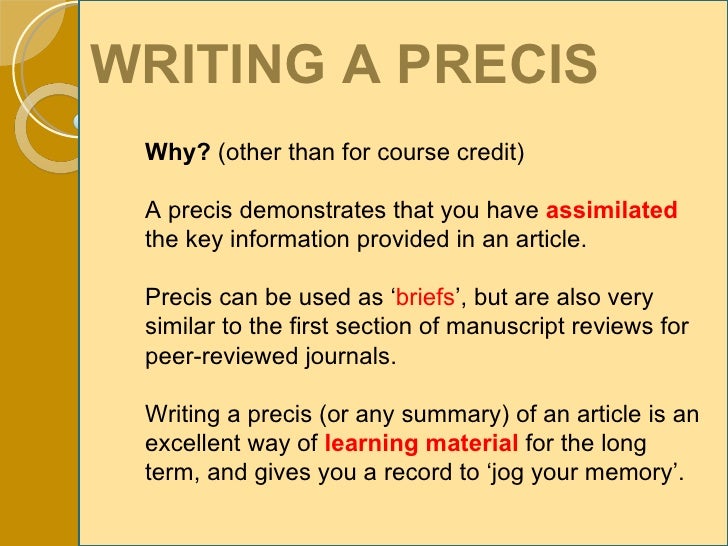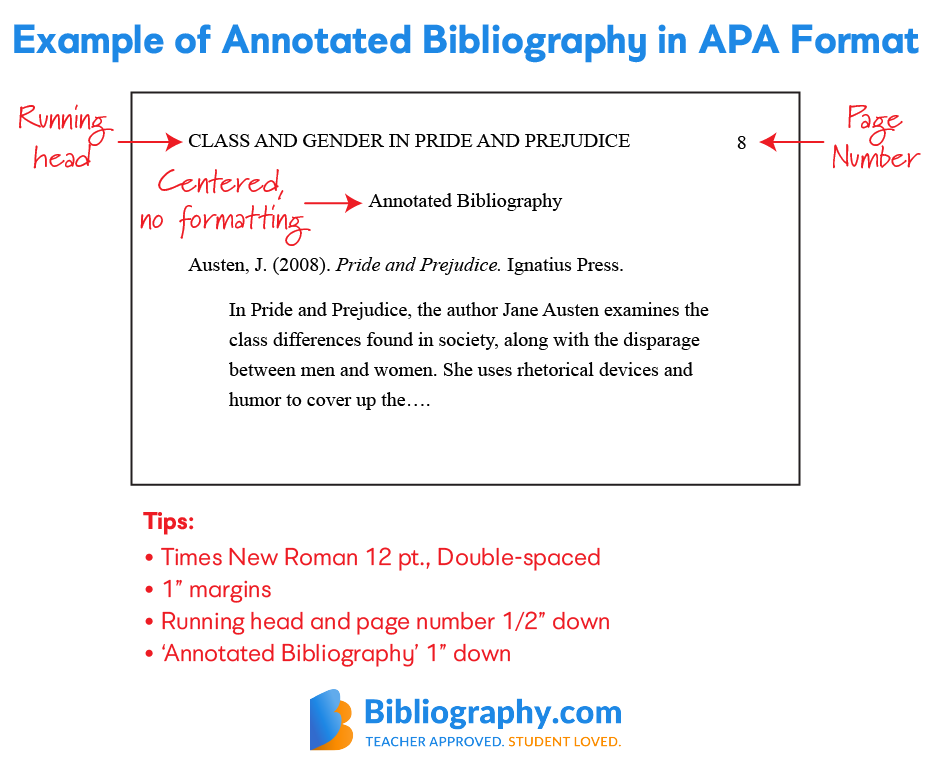
· Writing a Precis (pronounced-pray-see) means to re-write in our own words a passage we have read it is much shorter than the original and covers the main points of the given passage, article or essay. A precis should not be longer than one-third of · Through precis writing you can show the teacher how good your writing skills are and how easy you can present your thoughts to the reader. To achieve such a goal make sure your work matches the following criteria: Accuracy. Your text should be correct and contain no grammar, spelling and punctuation mistakes Note making is an essential task for writing précis. You should try to arrange the points in most logical order, and ensure the order of thought is the same as the original. The three grammatical rules you need to follow while writing a précis are: write it in third person, indirect form and appropriate past tense
How to Write a Precis (with Pictures) - wikiHow
Last Updated: October 1, References. This article was co-authored by Christopher Taylor, PhD. Christopher Taylor is an Adjunct Assistant Professor of English at Austin Community College in Texas. He received his PhD in English Literature and Medieval Studies from the University of Texas at Austin in There are 17 references cited in this article, which can be found at the bottom of the page.
This article has been viewedtimes. A précis is a summary of a written work, such as an article, book, or other text. Although it might seem challenging at first, don't get discouraged! It's simple once you understand the structure. When writing your précis, use the correct structure and style guidelines. Then, summarize each paragraph, precis writing, section, or chapter in 1 to 2 sentences. Make sure to only include information that supports the main argument in your summary, precis writing.
For more advice, precis writing, including how to structure or revise your précis, keep reading. Did this summary help you? Yes Precis writing. Log in Social login does not work in incognito and private browsers. Please log in with your username or email to continue. wikiHow Account. No account yet? Create an account. Community Dashboard Write an Article Precis writing a New Article More Ideas Precis writing New Tech Help New Expert Videos Precis writing wikiHow Pro Upgrade Sign In.
Home Random Browse Articles Courses New About wikiHow Easy Ways to Help Approve Questions Fix Spelling Quiz App More Things to Try We use cookies to make wikiHow great. By using our site, you agree to our cookie policy.
Cookie Settings. wikiHow is where trusted research and expert knowledge come together. Learn why people trust wikiHow. Categories Education and Communications College University and Postgraduate Academic Writing How to Write a Precis.
Download Article Explore this Article parts. Tips and Warnings. Related Articles. Article Summary. Co-authored by Christopher Taylor, PhD Last Updated: October 1, References.
Part 1 of Read the text your précis will summarize, precis writing. Take your time to work your way through the text. You might read a novel twice, but you could read a shorter work times. Skim over the text before you read it, mentally dividing it into sections.
Otherwise, you can divide it by paragraph. If you notice any unfamiliar words, look them up. Annotate the text. Annotating means marking your text to identify important information and make notes to yourself. If you learn well visually, use different colored highlighters to highlight the thesis, supporting arguments, precis writing, and important details. Write notes in the margins to explain important arguments in your own words.
In some cases, it will also clearly point out the evidence they use to back up the argument. Look for the thesis in the beginning of the text.
In a longer text, you may need to do a close reading to find the thesis. You should consider the author's arguments and main ideas. Remember, the thesis is the author's controlling idea. For instance, precis writing, a novel likely won't have a clear thesis, but you could identify what the author is trying to prove or show.
For examples of how to do this, look at book reviews in literary journals or in major newspapers. Remember not to simply copy the thesis, which is considered plagiarism. Summarize each section of the text using sentences. You might divide the text into sections using headings, subheadings, or chapters, or you might consider each paragraph a section, precis writing. Look back at the guide you came up with while you were reading, in which you mentally divided the text into main headings and subheadings.
For example, when writing a précis for a novel, you could summarize each chapter. If it's a journal article that's already divided into sections, you could summarize these sections.
For an essay or article without sections, you could summarize each paragraph. Be sure to only include the key point and evidence in your summary. What was the author trying to accomplish? What do they want the reader to do, think, feel, precis writing, or believe after reading the text?
These questions will help you find their purpose. Consider your reaction to the text. For example, did it make you think? Do you feel differently about the subject? This can help you figure out the purpose. If you're writing a précis about a short story or novel, the author may be entertaining the reader, but they will also have a message behind the story. This message can help you find the purpose, precis writing. If you're writing a précis about an article or essay, the purpose may be related to the thesis.
What is the writer trying to prove? How does that connect to their purpose? For instance, the author's purpose might be to precis writing the way you think about recycling paper. Their thesis could read, "Reusing paper before recycling it is better for precis writing environment because it reduces new purchases of paper, produces less waste, and lowers energy expenditures by recycling programs.
Create a brief precis writing of the argument, if you precis writing it. Write the thesis at the top of your outline, precis writing. Then, make each piece of evidence backing up the thesis a main precis writing. Finally, include any other supports as subpoints, if necessary.
Compare your summaries to the original text, precis writing. Reread the original text with your summaries at hand, precis writing. As you read, go back and forth between the texts to make sure what you have written corresponds to what the author actually meant.
If necessary, make corrections to your work. Remember to use your own words, precis writing. However, you need to accurately portray the meaning of the original text. Part 2 of Introduce the author, genre, date, and topic in the first sentence. It should only take you 1 sentence to introduce the work this way.
For example, let's say an astronaut wrote a scholarly article about how being on the space station affected their research. It would be helpful to include that the author had been to space, as it adds to their credibility.
Put the date in parentheses after the title. The genre refers to the type of text, such as article, short story, novel, play, etc. Explain how the author supports their argument in the second sentence. Focus on the rhetorical method the author used, not specific details of their argument.
Provide the type of evidence and supports used by the author. Providing several small arguments. Offering 1 long chain of argument. Illustrating a point. Creating a narrative. Citing research.
PRECIS WRITING
, time: 8:56How to Write a Précis: Step by Step Guide with Examples

PRECIS WRITING Writing a precis means making an intelligent summary of a long passage. To write a precis one should have a clear understanding of the passage: only then well one be able to include all the essential points and tips and tricks of essay examples in the precis. Some general considerations Note making is an essential task for writing précis. You should try to arrange the points in most logical order, and ensure the order of thought is the same as the original. The three grammatical rules you need to follow while writing a précis are: write it in third person, indirect form and appropriate past tense · Writing a Precis (pronounced-pray-see) means to re-write in our own words a passage we have read it is much shorter than the original and covers the main points of the given passage, article or essay. A precis should not be longer than one-third of

No comments:
Post a Comment